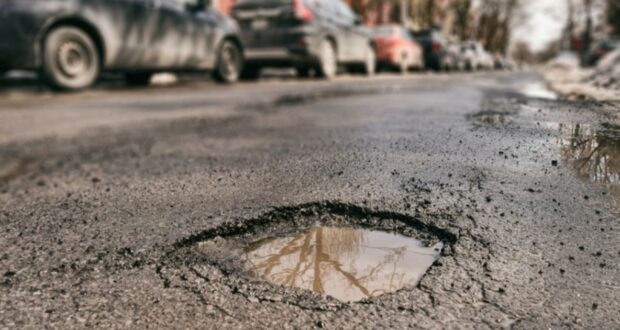With a few more winter snow storms in the mix, it’s easy to imagine the number of potholes popping up on area roads. The bumpy rides these craters cause can damage cars and create safety hazards for drivers and pedestrians alike. As temperatures fluctuate, the underlying material of asphalt goes through freeze-thaw cycles that harm pavement over time. Thankfully, new technology makes filling and repairing these fissures easier.
Sealing
Asphalt paving La Porte, IN is laying down a layer of asphalt to create a hard, durable surface. Asphalt is a mixture of bitumen, sand, gravel, and crushed stone. It is heated to a high temperature and then poured onto the ground. Once it cools, it hardens into a solid surface. Sealing is an important part of asphalt paving maintenance. It helps to protect the asphalt from the elements and prevents it from cracking and deteriorating. Sealant is a liquid that is applied to the surface of the asphalt. It dries to a hard, protective layer. Sealing should be done every two to three years. The frequency of sealing will depend on the traffic volume and the climate. Sealing may need to be done more often in areas with heavy traffic or harsh weather conditions.
Repairing Cracks
Asphalt is incredibly durable, but it still needs regular maintenance. Without it, cracks develop that eventually lead to potholes and further damage. It is a good idea to do your best to repair cracks every year to extend the lifespan of your asphalt pavement. It is important to ensure the area is completely clean before applying filler to repair cracks successfully. This means removing any weeds, dirt, or gravel that may have entered the trial. In addition, it is a good idea to wash the area down with a garden hose. This will help ensure the crack filler sticks to the asphalt properly. Once the cracks are clean, apply a rubberized emulsion crack filler to your asphalt. However, it is important to remember that this should only be done when the weather is too hot or cold.
Repairing Potholes
Most potholes are formed when water seeps into small cracks in the asphalt pavement. This water freezes, expands and then breaks apart the asphalt as vehicles drive over it. Repeated cycles of freezing and thawing can quickly wear down the pavement. The first step in repairing asphalt potholes is to remove all loose debris and dirt from the area. This is essential to allow the patching material to bind with the existing pavement. Once the room is clean, it is filled with cold mix asphalt and tamped down firmly. The final step is to finish with a seal coat. This helps protect the repaired asphalt from weather changes and additional damage.
Resurfacing
Asphalt is cheap, durable, and looks great when well-maintained. But like all pavement, asphalt deteriorates over time due to traffic and environmental factors. Minor deterioration leads to potholes; if left unaddressed, potholes quickly turn into larger, more dangerous holes. Shoveling patching material into large, deep potholes requires workers to lift heavy materials above their heads and at awkward angles, putting tremendous strain on their backs. This is not only a health risk but also inefficient and wasteful, especially if the work is done on hot or rainy days. Workers should use high-quality asphalt formulated for road repairs, with an optimal temperature to stick to the aggregate and hold up against traffic and weather. Cheaper varieties won’t adhere to the surface and will break down within days, weeks, or months. A professional can recommend the right solution for your specific needs.
 Blog For Noob Random thought of a Noob Blogger
Blog For Noob Random thought of a Noob Blogger









